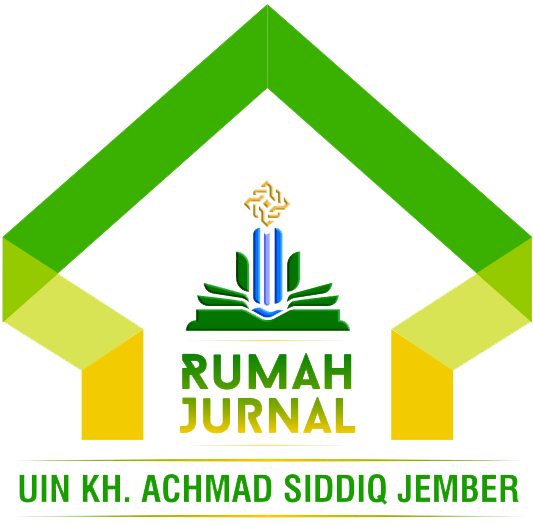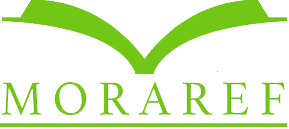Vol. 4 No. 1 (2025): Critical Review of English-Arabic World Journal

The CREW Journal offers critical and fresh insight into current issues particularly in foreign language education and language assessment and testing. However, it also receives submission in the areas of linguistics, literature, and applied linguistics. It also covers the following, but not limited to, research areas, including: (a) Innovation in English and Arabic language teaching methodology; (b) In-service and pre-service teacher professional development; (c) Integration of technology into language teaching and learning; (d) Foreign language education, second language acquisition, and curriculum; (f) Educational linguistics and literature in English and Arabic studies.
















